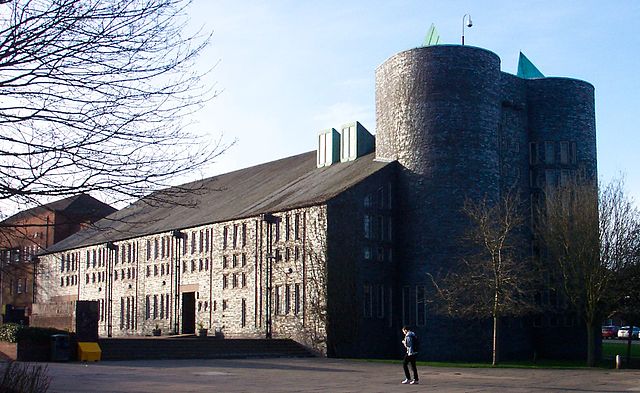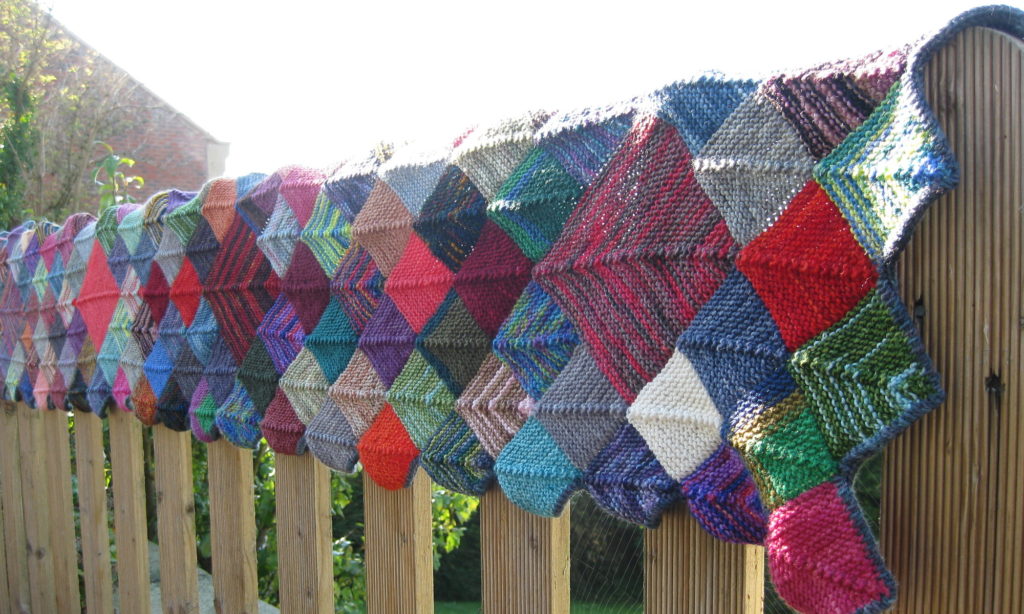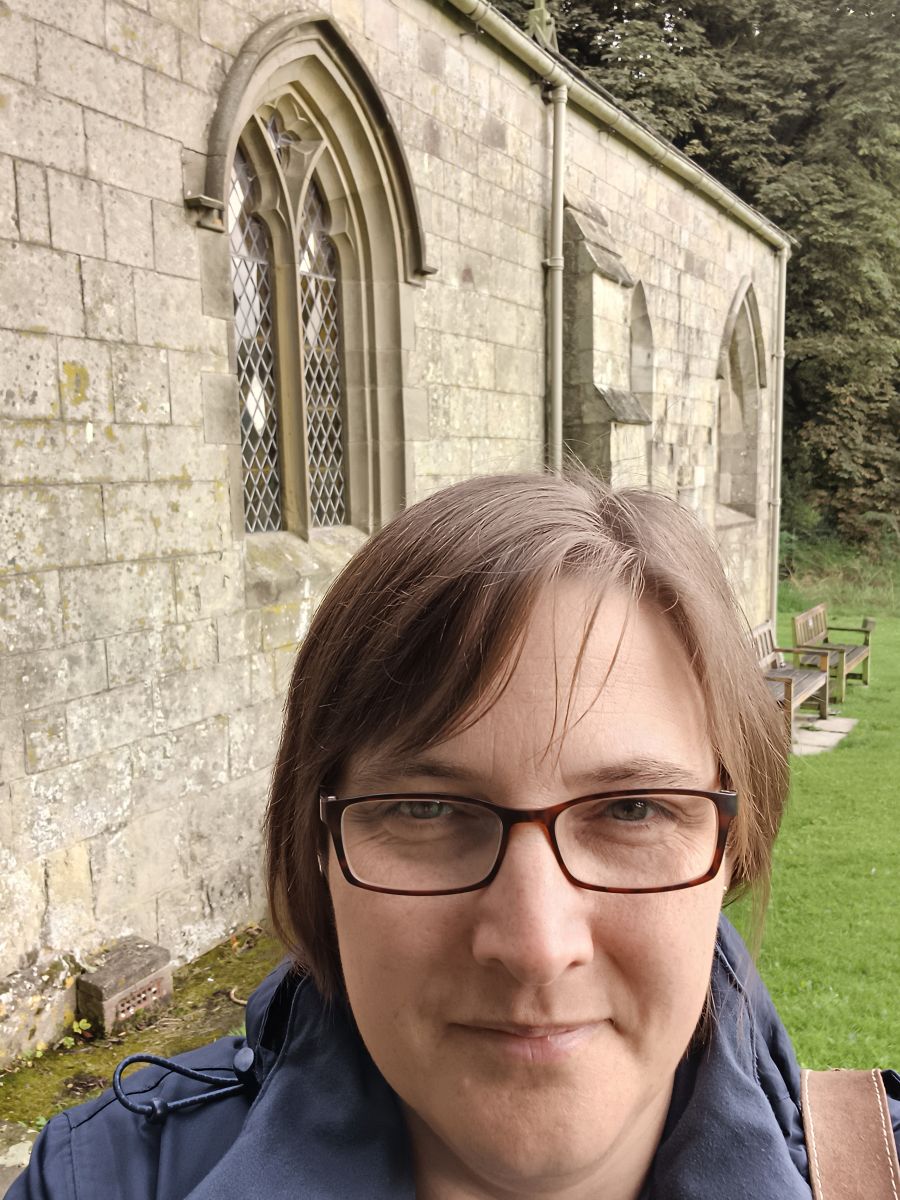Most people who have heard me talk about church buildings will know that I’m not a big fan of them, at least, not in the way people expect a vicar to be.
I do not generally enjoy visiting church buildings. Over the years, many congregation members have assumed that I (and presumably every other member of the clergy) spend all my holidays checking out all the local church buildings wherever I happen to be. There are several reasons why I do not:
- It’s a bit of a busman’s holiday. When my day job involves responsibility for multiple ancient buildings, forgive me if I don’t use my holiday time to look at others.
- Uninterpreted buildings leave me cold (often in both senses of the word). I like history, but not the bones of it. I need a story to fire my imagination and pique my interest.
- I’d rather be part of a service than visit an empty building
- It’s rare for a building to offer a spiritual story to the visitor. That’s what would really interest me.
- People seem to think that you go to a church building to find God. While this has happened to me from time to time, generally I am more likely to hear God speaking outdoors, or through people.
- On my holidays I am actually spending the whole time checking out the second hand bookshops, yarn shops and finding places to eat.
Imagine my delight when I realised that my proposed study project was going to involve… visiting church buildings.
Getting to know church buildings
As an incumbent, I do get to know and love the buildings that I work with. I’m never going to be as enthusiastic as the people who make it their life’s work to know the building, but I appreciate the stories that accumulate and the details that build up. Perhaps I’m just more interested in a long slow-growing friendship with a building than something more akin to speed-dating.
Other people do seem to enjoy the fleeting encounter with a church building that you get when on holiday.
An exception
This is my home church – the chapel at Keele University. The architect was George Pace, well known to many in York.

Having spent the first 18 years of my life worshipping there, the most natural form of church architecture for me includes black metal, heavy wooden pews and panelling, exposed concrete beams, brickwork and lots of little narrow windows. I’m always amused, when I go to churches around York for meetings and services, how many of them have Pace-designed features. It makes me feel instantly at home.

